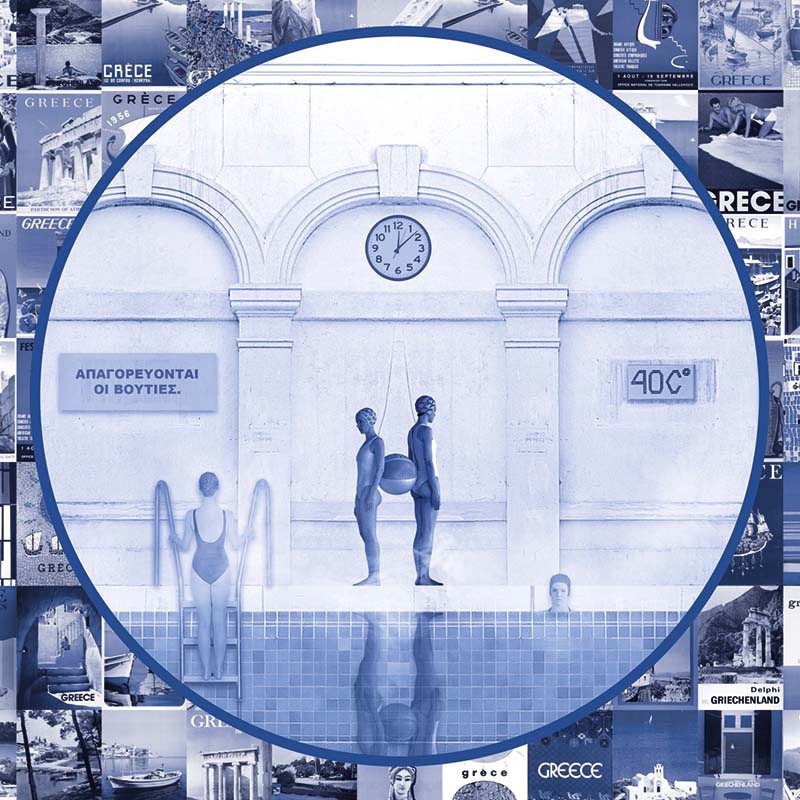

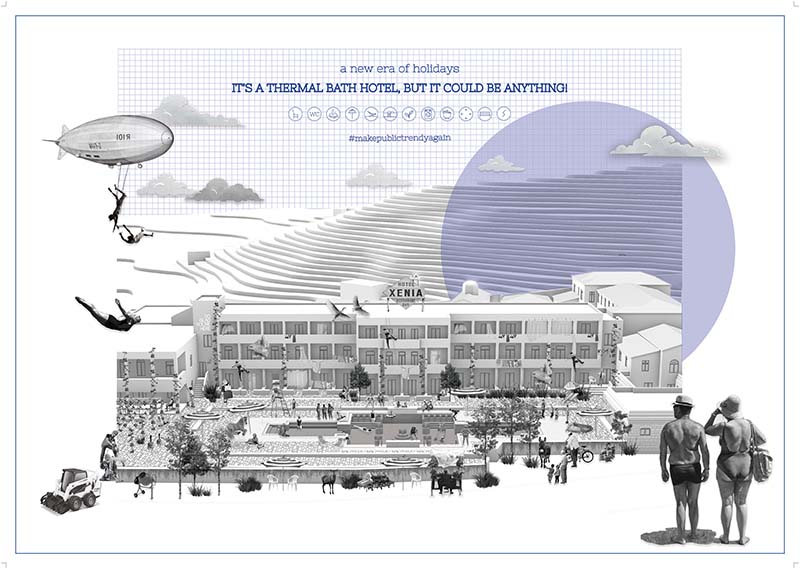

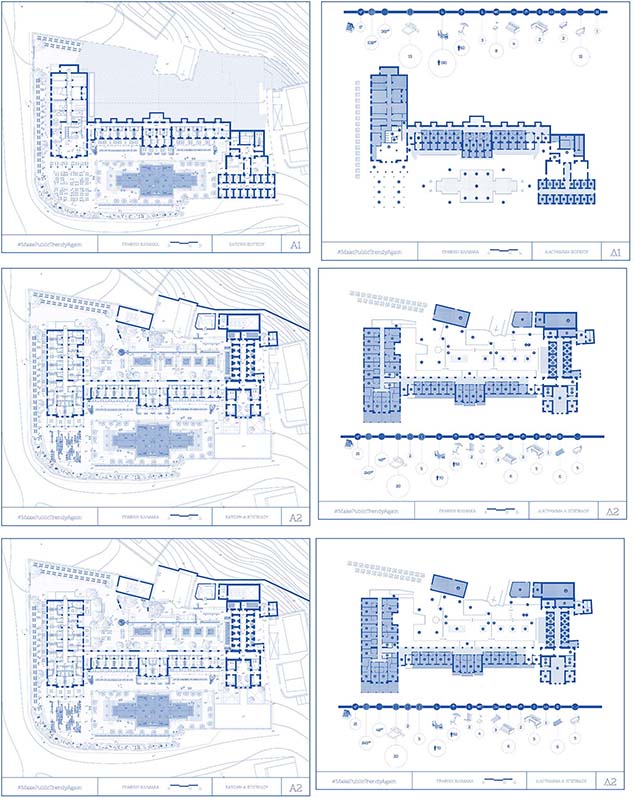

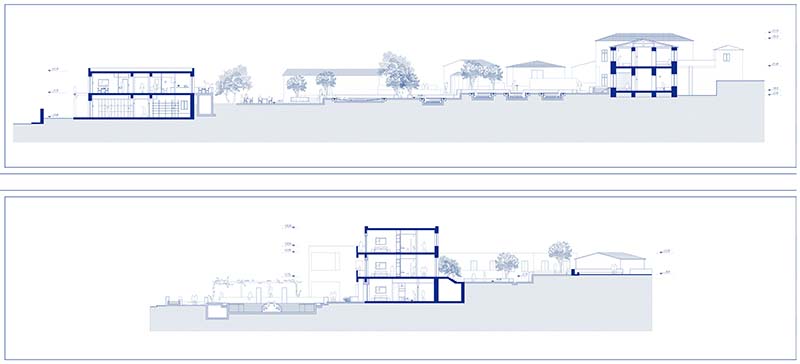

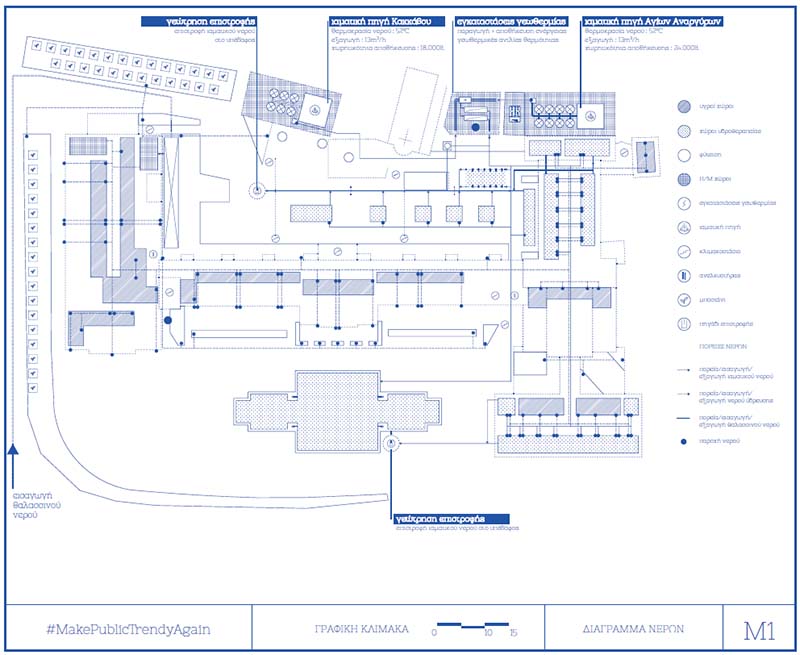

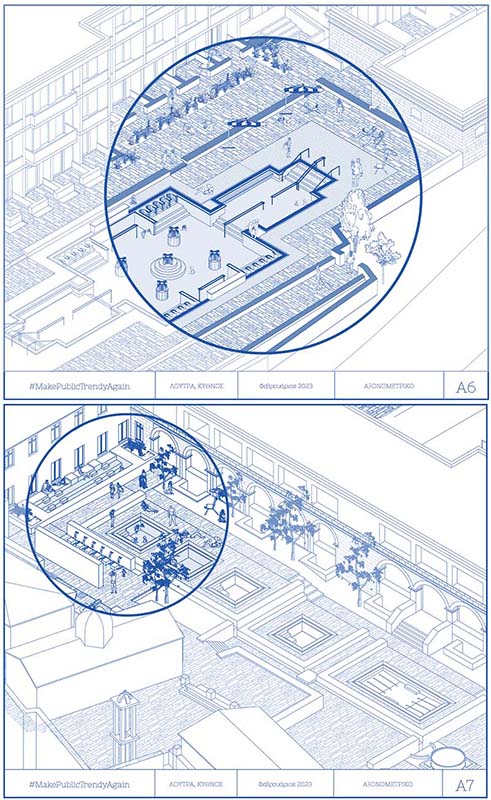

How is the term holiday defined today? Holiday is a gener- al term. For centuries it has referred to the period of time when a person stops working. Conversely, tourism is a special serum. Since the beginning of the 19th century it has been a holiday activity that fulfills a certain period of time in a special way. Contrary to what the modern typology of leisure admits, reducing tourism to a general concept and holidays to a special concept. (Urbain 2000, 19)
Based on social tourism, sustainability and the substantial strengthening of the local community, we will try to investigate the way in which holidays are carried out in places of thermal interest of the past, today and a visionary tomorrow. Provisions for social tourism are today, for developed countries, an obligation of the state. A necessary condition for the development of social tourism is the existence of an active Social State and the creation/ maintenance of the appropriate infrastructure and reconstruction.
The public tourist complex in Loutra of Kythnos, consisting of the Xenia hotel, the hydrotherapy center and two
thermal springs, is chosen as the object of research and design proposal.
Loutra is a seaside traditional settlement of Kythnos in the Complex of Cyclades. It is located in the north-eastern part of the island and owes its name to the hot springs, which were known since the Roman period for their beneficial properties.
The aim of the work is the proposal of a functional hydrotherapy complex, with bath and hotel facilities. Both the architectural and the programming axis revolve around the development of an economic and energy ecosystem that works for the benefit of the citizens, while at the same time it is an essential step in the development of local autonomy.
Supervisor: Lykourioti Iris
Reference Number: 988












The study of the diploma thesis entitled "Ceramic Art Campus in Archangelos Rhodes" by students Argyrou Tsambika and Samalidou Maria and supervising professor Ms. Vyzoviti Sofia focuses on one of the most well-known and popular Greek islands, Rhodes and specifically on the Archangelos settlement. The geophysical position and the available natural resources (water source, soft soil and abundant timber) contributed to the flourishing of the ceramic art, which was closely linked to the local society, through the absorption of a significant labor force, but also through the production of products, which they are characteristic examples of domestic craft production during the last century. Lately, due to the rapid development of tourism on the island, this art has been sidelined and tends to disappear. The idea for the thesis therefore proposes the creation of a campus on the outskirts of the settlement, which combines the local traditional architecture with a modern proposal and the benefits of the revival, promotion and learning of the ceramic art. The purpose of the study is to give the locals, but mainly the visitors, an opportunity to come into contact with the simplicity of life and everyday life of the previous century, so that the memories of a reality that was the occasion for Archangelos to acquire its reputation remain alive.
Key words: Archangelos, ceramic art, campus, arch-houses, ampataros
Supervisor: Vyzoviti Sophia
Reference Number: 1000












The objective of this diploma thesis is the design of a residential complex with co – living characteristics. People working remotely are meant to live there. This building will be located in the space of the closed factory “Anonymous Thessaly Alcoholic Company”.
“Alcohol” is an industrial complex, which remains abandoned within the urban area of the city of Volos, in the district of Agion Anargiron. It is bounded by Oikonomou and Ierolochiton (North), Astiggos (East), Kolokotroni (South) and Papadiamantopoulos (West) streets and covers a square area of 33 acres. Perhaps it is the largest empty area in the city of Volos.
Factory construction process started in 1919 and the first phase was complete until 1922. The location was considered suitable to host such an industrial complex, since at that point of time this area was not inhabited, while its minimum distances from the railway station and the port played a key role too.
In 1976, as this area was already inhabited and integrated into the urban area of the city, the factory began to be a problem for the residents. Noise and the air pollution it caused, resulted in the factory’s closing in 1977. To date, no solution has been found in terms of its utilization. Consequently, the factory complex was left in the mercy of time, weather conditions and, above all, humans’ destructions.
Considering our obligation towards the heritage and history of the place, we have to protect and revive important buildings-landmarks. Our intervention proposes the reuse of some of the former industrial buildings so as to create a small - scale food industry as a part of the residential complex.
Supervisor: Stylidis Iordanis
Reference Number: 1010












The foyer of a museum is defined as the entrance hall that functions as a reception area. It is the first encounter visitors have with the museum and the last impression they take with them when they leave. It functions as a "museum" because it is a part of the building and at the same time as a "non-museum" because it is not a part of the exhibition. It is a transitional zone that connects the exhibition with the surrounding world outside, while at the same time it functions as a place to sell souvenirs and tickets, distribute audio guides and provide information to visitors. This thesis is attempting to transform the transitional and orienting experience received by the visitors in museum foyers into an escape room video game. The aim of this conversion is to create a condition that will make the visitor/player traverse through all the areas of the foyer before proceeding to the next part of their visit, while at the same time cultivating abilities and skills as well as being entertained. Video games are "built environments" and, like any architecture project, games are “constructed” and treated with material and textures. Virtual architecture comes from a combination of what is real, what could potentially be real and what is imaginary. Egress Enigmas challenges the user to escape through a series of "rooms". They were inspired by four museum foyers from around the world with varying sizes, shapes, recognition and traffic. The rooms were created by reversing one or more signature architectural elements of the original projects, in addition to changes related to the negative reviews the museums received. In each room the player must complete a series of tests that touch on spatial and architectural themes and solve the floor plan puzzles that act as the key to the exit. In this way, exploring the space gives them the opportunity to improve their reasoning skills and cultivate their critical thinking, while at the same time they can have fun and be entertained.
Supervisors: Papadopoulos Spiros, Bourdakis Vassilis
Reference Number: 1031












It is a renovation of the old Xenia hotel in the city of Kozani that redefines the terms of diy (do-it-yourself) and assemblage. Given the de-lignitization of the city, our main project is the creation of a new form of tourism approach that will be based on the artistic activity of emerging creators. The new-look of this idea will be hosted by Xenia and through improvised changes, interventions, additions and some modifications of the secondary elements of the building, a new breath of life will be given to the abandoned hotel. In the design of the new complex, the terms of recycling, processing and renewal will be the main design axes. The purpose of this thesis is to find innovative ideas
and ways of transforming ruins within the limits of the urban fabric, starting with the “Xenia” hotel chain.
Supervisors: Remy Nicolas, Kotionis Zissis
Reference Number: 1003












The landscape of the Grevena region is characterized by dozens of geological formations, which are scattered throughout its area. The entire site is a meeting point of geology, nature and man. Therefore, a trigger is created for the correlation of geology and architecture, which in this work is located in the study of landforms and their creation processes. One of these processes is erosion, through the action of which transformations occur in the soil and subsoil.
On the occasion of the rich geological history of the area, as well as the personal engagement with the geological formations of Bouharia and Nohtaria in the research work, the design of the Geology Museum and Scientific Research Center GEM (GEology Museum) was chosen. It is a building of geological and scientific content, since its functions are directly related to the highlighting and study of geological features, with a focus on those located in the area of Grevena. The public part of the building includes exhibition spaces for geological elements, with its most important function being found in the existence of a Geology Museum. Accordingly, private access areas are related to geological research and study, through the work of scientists in them. In addition to the interior spaces, the configuration of the exterior spaces is also considered important. In combination with the existing geological landscape of the chosen intervention site and with the creation of courtyards and geological gardens, the external environment of the building is transformed into a space with strong geomorphological characteristics.
The design attempts to integrate a site with strong geomorphology into an area with an important geological history and a city that strives to highlight it. The aim is to connect geology and architecture through the creation of spaces where the visitor can experience through all his senses. The building is designed as a whole based on this logic, internally and externally. Through a diagonal grid and crooked lines, a journey into the geological past is created through designs of the present.
Supervisor: Manolidis Kostas
Reference Number: 1005












This thesis presents an architectural proposal for the revitalization of a portion of the lakeside front of Lake Vegoritida. The plan involves the reintroduction of industrial hemp farming and the establishment of processing facilities. This revitalization effort weaves the new hemp cultivation into the existing landscape and the lake, creating a network of growth and production for hemp-based biomaterials.
The design of this network, which merges primary and secondary production, is rooted in local stories about past practices of industrial hemp cultivation and processing. A productive cycle, from planting to spinning thread, was once a collaborative effort between village inhabitants, reliant on the lake during both the growth and processing stages.
The proposal aims to establish an on-site productive program with basic processing facilities, engaging both transient and permanent residents in the production process. It’s an interweaving of past, present, and future; besides fiber production, the program encompasses the production and research of innovative hemp-based biomaterials. Accommodation units are provided for visiting researchers, craftsmen, and farmers. In certain areas of the revitalization, the production network intersects with residential life, with trails along the water’s edge, through the crops, or within a stone maze. Zones are also allocated for the preservation and promotion of native vegetation. The implementation of diverse farming practices promotes biodiversity and reinstates a sustainable and harmonious progression of agricultural activity within the existing ecosystem.
Lastly, the program is multistructured, with the subject-amphibians living under corresponding conditions. They oscillate between being within and outside the lake, amidst crops or native plants, in states of grounding or floating. Their roles (as farmers-researchers-artisans) shift according to their environment, season, or necessity, within a perpetually evolving landscape.
Supervisors: Kotionis Zissis, Kouzoupi Aspassia
Reference Number: 1029












This thesis focuses on the construction of an innovative recycling centre for 3D printing of plastics on the island of Syros, in the Aegean Sea. The primary objective of the centre is to reduce and then eliminate plastic pollution in the region. The issue is addressed by collecting plastic waste from nearby areas and from the local landfill, and converting it, using 3D printing technology, into products necessary for humans, thereby promoting a circular economy.
By using 3D printing as a means of production, the project seeks to minimise resource consumption and reduce the carbon footprint associated with traditional production methods. The resulting structures serve as tangible evidence of the transformative potential of plastic waste, highlighting the value and practicality of recycling to create sustainable and aesthetically appealing products.
The Aegean Sea, known for its ecological diversity and economic importance, has been affected by plastic pollution to the extent that marine life is endangered and the overall health of the ecosystem is compromised. At the same time, the local landfill site of Syros presents its own environmental challenges. This paper acknowledges these concerns and seeks to address them holistically, providing a comprehensive solution that addresses both issues.
Through an extensive interdisciplinary approach, the paper aims to explore the technical, economic and environmental aspects of the establishment and proper operation of the plastics recycling and 3D printing plant. It includes research on optimal recycling techniques, 3D printing, waste collection strategies, the development of partnerships with local and non-local stakeholders and an assessment of the wider implications of the project in terms of sustainability and waste management in the region.
In conclusion, the thesis seeks to contribute to the ongoing fight against plastic pollution in the Aegean Sea, while addressing the challenges associated with local waste management. By advancing the circular economy model and emphasizing the transformative role of recycling, it seeks to inspire sustainable practices, raise awareness and foster positive change in the local community and beyond.
Supervisor: Gavrilou Evelyn
Reference Number: 1001

